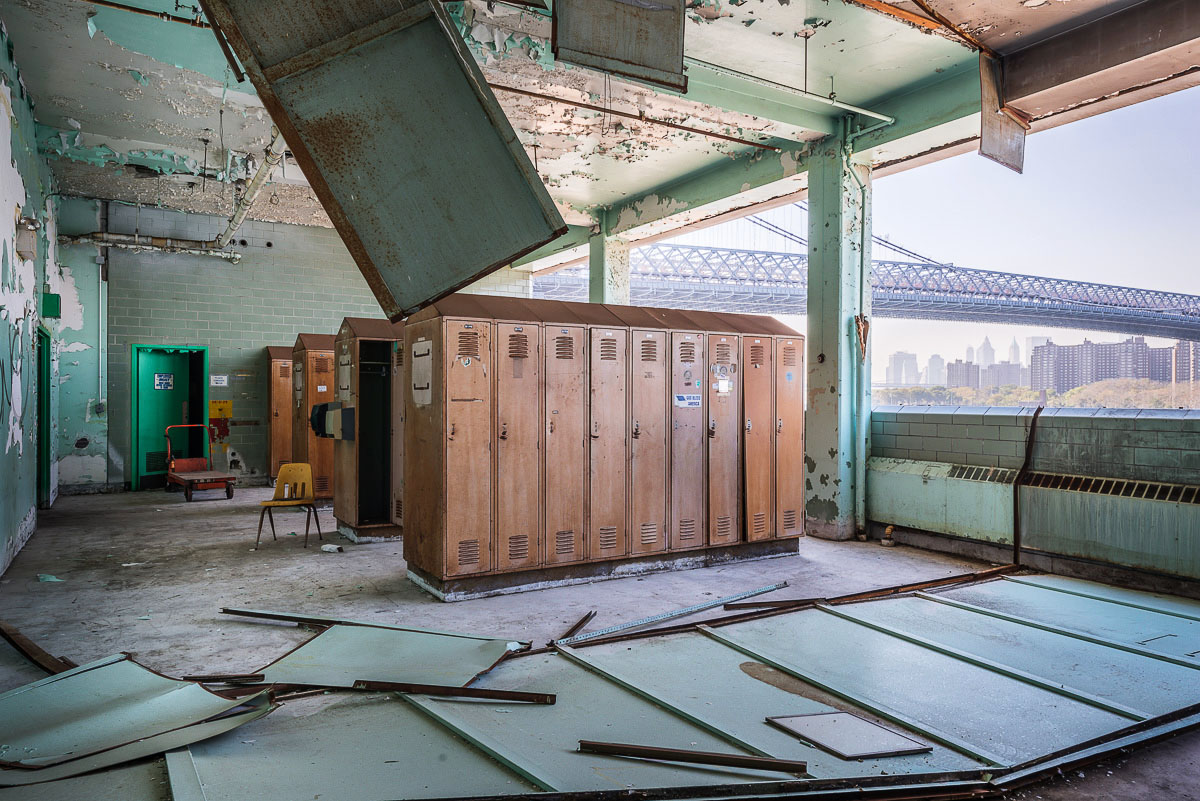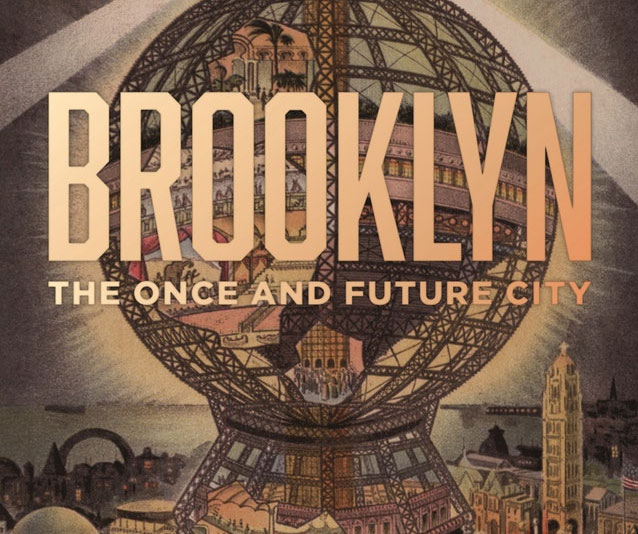When it was rebuilt in 1883, the Domino Sugar Refinery was the largest in the world. That year, the Brooklyn Eagle described the new facility as “colossal”. At its peak, the factory processed one third of all of the sugar consumed in a year in the United States, and one eighth of all the sugar consumed in the world.
Since then, the 135-year-old industrial relic has become something of an icon on the skyline. After a long struggle, the Domino Sugar factory shut down in 2004. In 2013, urban landscape photographer Paul Raphaelson was granted access to the facility just weeks before its gutting and demolition. The photographs he captured during his exploration are gathered in the book “Brooklyn’s Sweet Ruin: Relics and Stories of the Domino Sugar Factory.”
For Raphaelson, the space was the perfect laboratory for photographic study. “Domino’s spectacle offered an exaggerated version of the kinds of challenges I’ve often been drawn to—like how to invite as much chaos into the photographic frame without losing coherence, or how best to compress disorienting geometries and spaces into two dimensions,” he writes in a personal essay featured in the book.
The book not only showcases how an industrial space can be used for experiments in formal picture making, but also focuses on a human element of the defunct factory. “I felt the strongest haunting in the machinery itself,” Raphaelson writes, “in the human interfaces comprised of valves, gauges, switches, and panels.”
“Sweet Ruin” includes interviews with the workers of the Domino Sugar factory, who endured punishing levels of noise and heat, as well as generally hazardous conditions. Some of those workers were interviewed for the book, and speak about the camaraderie they found on the job and the pride they took in their work. Architectural historian Matthew Postal, PhD, provides a detailed history of the Brooklyn Refinery for the book.
In his personal essay, Raphaelson speaks about the rapidly growing yet abundantly criticized genre of “ruin art.” “Contemporary ruin art criticizes modernity itself,” he writes, “At their occasional best, ruin photographs build bridges, between past and future, nostalgia and cynicism, esthetic and ethics, history and fantasy. We may need such a capacity for ambiguity—and complication—if we hope to take on the present.”
Photos Taken By Paul Raphaelson
Other contributors to “Brooklyn’s Sweet Ruin” include Pulitzer-Prize winning photography editor Stella Kramer and art director Christopher Truch.
The photographs will be displayed at an accompanying exhibition for the publication:
Front Room Gallery
48 Hester Street, New York, NY 10002
December 8-January 14, 2018
Opening Reception with the Artist: Friday, December 15th from 7-9pm.







